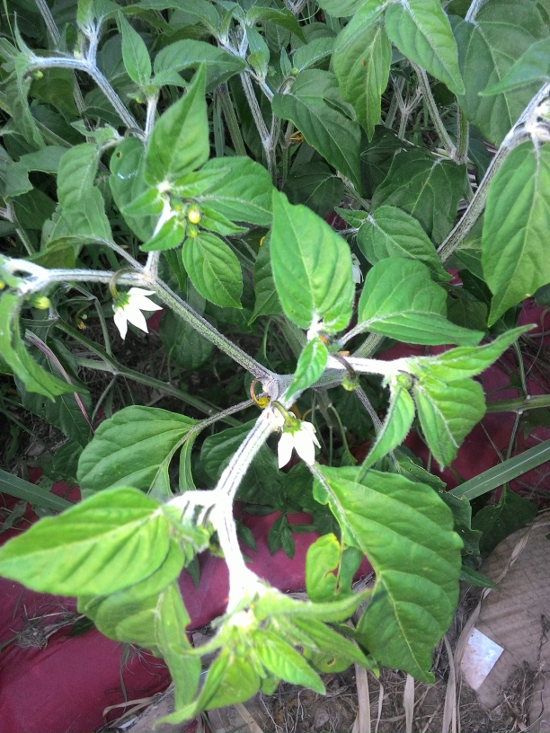My family lived in Central Mexico from about 1988 until 2001 and I used to go back down for a couple weeks a year, until 2010. For the last 8 plus years we lived there, we lived in the State of Hidalgo. The pepper which seemed most in demand in our local market was called Rayado, which in Spanish refers to the cracking or stripes on the mature fruit. This pepper was grown in a region called "la Huesteca," kind of a lowland/foothills zone, alone the Gulf Coast. Chile Rayado was native here and not grown in our town, which was at 5,000' altitude I tried for years to get seed of this pepper, but the only ones sold in the market had been smoked for chipotle and did not contain viable seeds. A German consortium of gourmets made some kind of agreement with regional farmers, who then formed a large co-op to grow and process this pepper. Some started seedlings, many grew them and few did the entire process from seed to fruit and back to seed. I failed in getting seed, and after a couple years I stopped trying.
After moving back to the USA I went back for a couple weeks a year to teach, and one year, a student, who picked up on my love of seeds, came in and handed me a sandwich bag with a fist full of Chile Rayado seed! I took it back to Oklahoma with me and have grown this pepper ever since.
Though the peppers resemble a Jalapeño they tend to be much hotter than that. Also, the leaves, stems which hold the pods and flowers don't much resemble that of a c. annuum, in my opinion. I've never had it cross with any other pepper, but I have kept it a very safe distance from c. annuums. It's grown right alongside c. chinese with nary a cross. I don't know what species it comes from? Would any of you?


Here's a link to a thread on this pepper, with much more detail. Green Country Seed Savers: Chile Rayado
After moving back to the USA I went back for a couple weeks a year to teach, and one year, a student, who picked up on my love of seeds, came in and handed me a sandwich bag with a fist full of Chile Rayado seed! I took it back to Oklahoma with me and have grown this pepper ever since.
Though the peppers resemble a Jalapeño they tend to be much hotter than that. Also, the leaves, stems which hold the pods and flowers don't much resemble that of a c. annuum, in my opinion. I've never had it cross with any other pepper, but I have kept it a very safe distance from c. annuums. It's grown right alongside c. chinese with nary a cross. I don't know what species it comes from? Would any of you?


Here's a link to a thread on this pepper, with much more detail. Green Country Seed Savers: Chile Rayado
